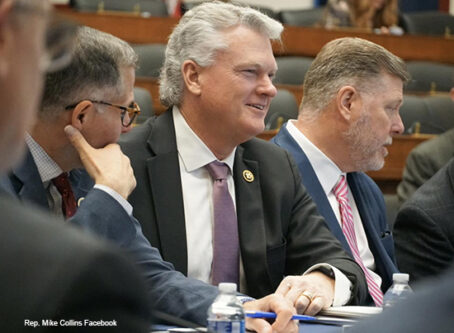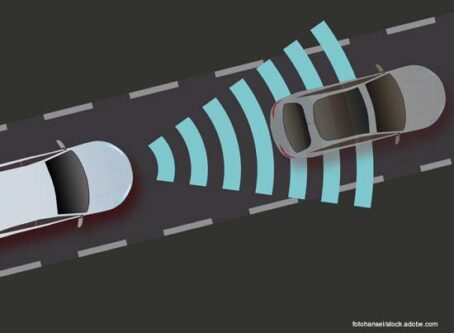Will underride guards bounce cars back into traffic?
The National Highway Traffic Safety Administration’s Advisory Committee on Underride Protections is tasked with finding ways to reduce underride crashes.
Truck safety groups are proponents of a side underride guard mandate intended to prevent cars from traveling underneath a tractor-trailer during a crash.
However, at least a few members of the committee have raised concerns about potential unintended consequences arising if side underride guards were required.
Jeff Bennett, who is representing motor vehicle engineers on the committee, delivered a presentation on rear underride guards during the committee’s meeting on Thursday, Feb. 8. He used the data available on rear underrides to voice concerns about the potential of side underride guards bouncing the car back into traffic and causing a multi-vehicle crash.
“All the trailer rear impact guards that passed the 30% offset crash test caused the crash car to spin out of its lane of traffic,” Bennett said. “And where I come from, there are always cars in the other lanes.”
Doug Smith, an OOIDA board member who is the lone representative of truck drivers on the committee, also voiced concerns about unintended consequences.
“Rebound accidents are an important consideration,” Smith said, noting that concrete barriers and guard rails are intended to stop vehicles. “The design is based on not kicking cars back into traffic, so that is an important consideration and not something to be dismissed.”
Members of the committee who are advocating for mandatory side underride guards argue that the limitations of the guards would be mitigated by other tech mandates.
Lee Jackson, a crash investigator who was named the committee’s chairperson at its most recent meeting, said that underride guards will have a higher success rate if automatic emergency braking systems also are mandated.
“Nobody expects for there to be a 70 mph impact and for the occupants to walk away unscathed,” Jackson said. “That’s just not realistic, but that’s why I’ve said numerous times we have to have a good rear guard and a good side guard that work in concert with automatic braking.”
Research and data
Current regulations specify requirements for rear impact guards on trailers, but there are no federal requirements for side underride guards.
NHTSA estimates that a side underride mandate on all trailers and semitrailers would save 17.2 lives and reap up to $166 million in safety benefits annually. Meanwhile, the annual cost of the mandate would be up to $1.2 billion.
The resulting cost per equivalent life saved would fall in the range of $73.5 million to $103.7 million. The analysis did not include any effects of side underride guards on port and loading dock operations and freight capacity. It did not take into consideration modifications to infrastructure, maintenance or practicability and feasibility of intermodal operations for trailers equipped with side underride guards.
What is a consensus?
The underride committee’s Thursday, Feb. 8 meeting was its third. The committee also is scheduled to meet on March 13, April 24 and May 22.
Upon conclusion of the meetings, the committee is tasked with providing NHTSA consensus recommendations to reduce underride crashes and fatalities.
The committee, which has been largely divided over whether mandating side underride guards would help that cause, spent considerable time at its last meeting debating over what defines a consensus.
Members who largely are proponents of a mandate argued that a simple majority would suffice as a consensus, while the others – largely the ones against a mandate – contended that a consensus should be defined as at least 75% of the committee.
In a bit of a head-scratcher, the simple majority then voted to decide that a simple majority meets the definition of a consensus. LL









